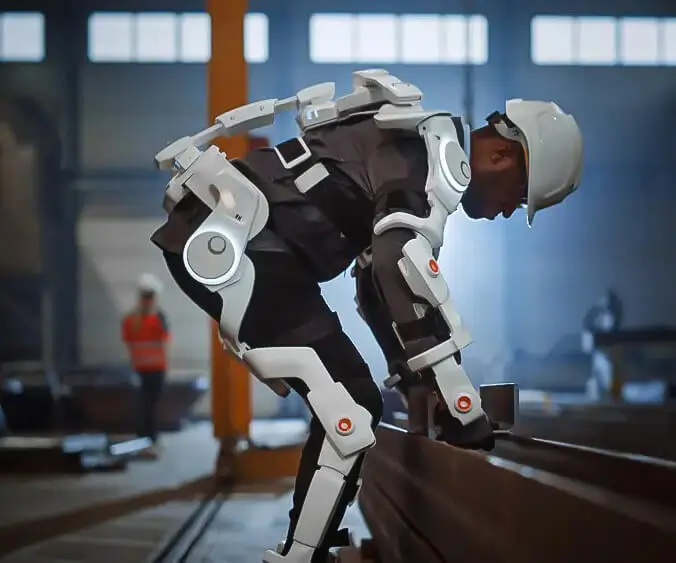Imagine a world where the smooth hum of an electric motor quietly powers your daily life—lifting, transporting, or spinning with unwavering precision. Electric motors are everywhere: in your home appliances, electric vehicles, industrial machinery, and even tiny drones. Yet, beneath their sleek exteriors lies a fascinating dance of physics and engineering—one that hinges on a simple yet profound concept: gear reduction.

What is gear reduction, anyway? At its core, gear reduction is a method used to modify the electric motor’s raw power into a more useful form. Think of it as a way to tame a wild stallion, making it more manageable, more precise. It involves the use of gears—interlocking wheels or cogs—that work together to reduce the speed (RPM) of the motor's shaft while boosting the torque, or rotational force, that is delivered to the load.
Why is gear reduction so important? While electric motors are excellent at spinning fast and providing quick acceleration, many applications require slower, more powerful movement. For example, lifting a heavy load or maintaining precise positioning requires torque, not just speed. Without gear reduction, an electric motor might spin at thousands of RPM with relatively little force—a setup that’s not practical for most tasks demanding strength and control.
The beauty of mechanical advantage Gear reduction isn’t just about slowing things down; it’s about gaining a mechanical advantage. Imagine turning a small gear (the driver) that turns a larger gear (the driven). The larger gear turns more slowly but with greater force. This trade-off—reducing speed while increasing torque—is gold in engineering. It allows electric motors to function efficiently in applications where strength and finesse matter more than raw speed.
How do gears achieve this? Gears can be arranged in many configurations: spur gears, helical gears, planetary gears, and more. Each has its own advantages, depending on factors like torque requirements, space constraints, noise levels, and efficiency. Spur gears, for example, are straightforward and commonly used, while planetary gear systems excel at transmitting high torque in compact spaces.
The physics behind gear reduction The core principle can be summarized as: Gear ratio = Diameter of driven gear / Diameter of driver gear or in terms of teeth: Gear ratio = Number of teeth on driven gear / Number of teeth on driver gear. This ratio dictates how much the speed is reduced and torque increased. For example, a gear ratio of 10:1 means the driven gear turns at one-tenth the speed of the driver gear but with ten times the torque.
Applications across industries Gear reduction isn’t just a geeky engineering concept; it’s a vital component across burgeoning industries:
Electric Vehicles: Gearboxes in EVs optimize power delivery to wheels, balancing speed and torque for different driving conditions.
Robotics: Precise gear reductions allow robots to move with finesse and handle delicate tasks or heavy lifting.
Industrial Machinery: High-torque machines, like conveyor belts or cranes, depend on gear reduction to perform demanding work reliably.
Home Appliances: Devices like washing machines and HVAC systems use gear systems to control motion efficiently and quietly.
What makes a good gear reduction system? Key qualities include durability, low maintenance, high efficiency, and minimal noise. Material choices—such as hardened steel, composites, or plastics—play a critical role. Proper lubrication reduces wear and ensures smooth operation over time.
The future of gear reduction in electric motors As electric motor technology advances—particularly with high-efficiency, high-power-density designs—the role of gear reduction evolves. Innovations include:
Planetary gear systems: Compact and efficient, these systems are increasingly found in electric vehicles and precision machinery.
Smart gearboxes: Integration with sensors and electronics allows for real-time adjustments, optimizing performance dynamically.
Additive manufacturing: 3D printing technology enables complex gear geometries that were previously impossible, improving efficiency and customization.
In essence, gear reduction is the unsung hero enabling electric motors to be truly versatile, powerful, and precise. It transforms raw electrical energy into an elegant dance of mechanical force—making machines smarter, stronger, and more adaptable.
Established in 2005, Kpower has been dedicated to a professional compact motion unit manufacturer, headquartered in Dongguan, Guangdong Province, China.




































